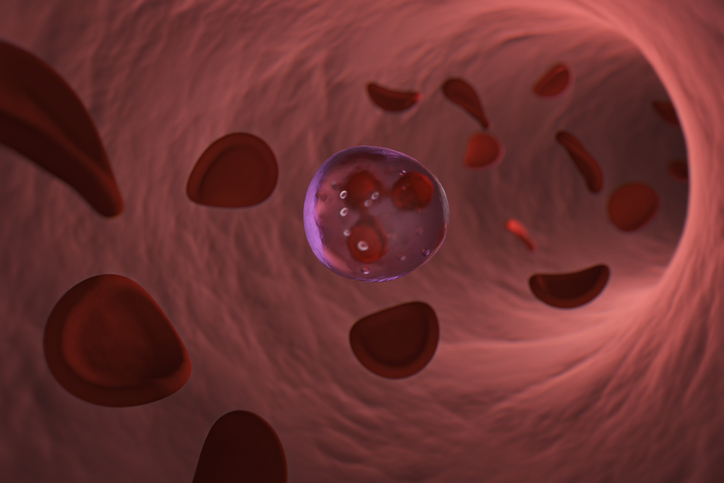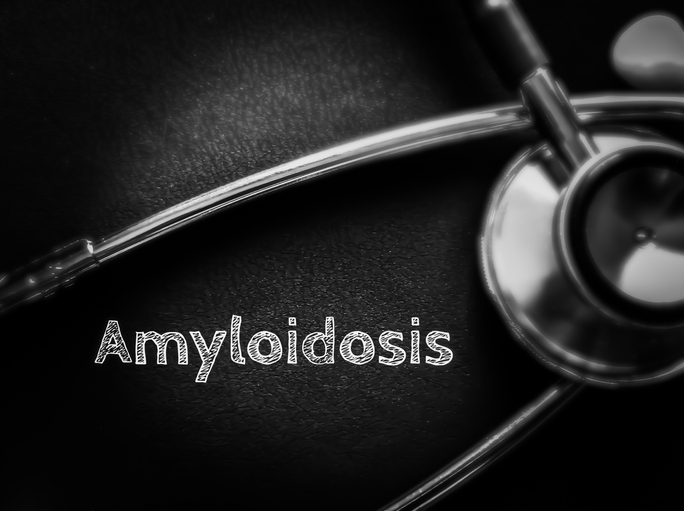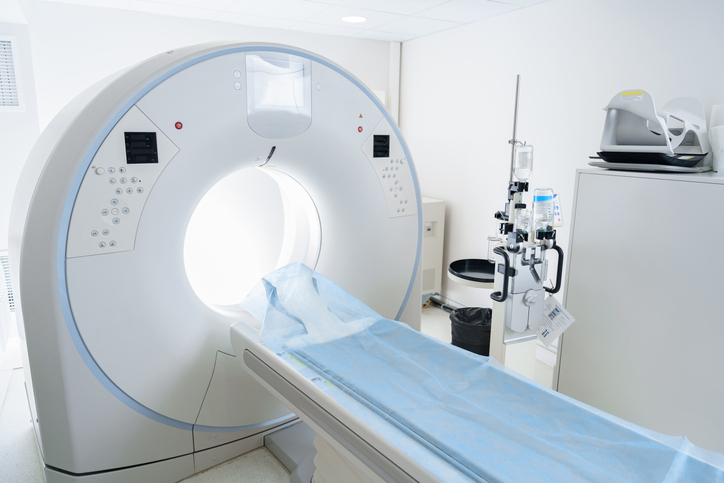
Among cardiac rehabilitation patients, the popular and effective exercise program known as high-intensity interval training (HIIT) displayed notable benefits over a more moderate exercise regimen, according to research being presented at the American College of Cardiology’s 68th Annual Scientific Session.
Researchers examined outcomes from 120 cardiac rehabilitation patients (average age, 67), treated at Mayo Clinic. During the initial week, all patients underwent moderate-intensity continuous training. Subsequently, patients who demonstrated the capacity to exercise at a high intensity level for 20 minutes were transitioned to HIIT. Overall, 90 patients switched to HIIT while 30 resumed the moderate workout program. Participants in both study groups shared similarities in terms of sex, body mass index (BMI), medications, and comorbidities.
The exercise program consisted of three sessions per week over a 12 -week duration. Patients performing HIIT alternated between one-minute periods of high-intensity training (e.g., running at an elevated pace) and three to five minutes periods of low-intensity exercise (e.g., walking at a causal pace). They completed four to eight of these rotating intervals per session. Patients who opted for the moderate-intensity regimen completed 30 continuous minutes of exercise in activities such as walking and cycling, performing at a challenging yet sustainable pace.
High-intensity interval training helps trim belly fat in cardiac rehab https://t.co/HOXgsKDjKz
— Medical Xpress (@physorg_health) March 6, 2019
Stomach Fat Takes a HIIT
Results of the study revealed that after 12 weeks, patients in the HIIT regimen had lost approximately 4 more pounds of body fat, gained a pound and half more lean muscle mass while reducing approximately an inch or more off their waists, on average, compared to patients in the moderate-intensity program. Although the study’s researchers noted no discernible difference between the two groups in terms of total body weight, or BMI, they said in a press release that “these findings support the use of HIIT as an essential treatment tool to improve body composition in heart attack patients enrolled in early outpatient cardiac rehabilitation.”
HIIT Enhances Cardiac Outcomes
In a separate study, researchers compared HIIT to moderate-intensity training for cardiac rehabilitation patients with metabolic syndrome, a cluster of disorders associated with heart disease including high blood pressure, blood sugar, HDL cholesterol, and triglycerides. That study also indicated that HIIT yields enhanced benefits for cardiac patients in terms of reducing belly fat while being equivalent to moderate-intensity exercise as it pertains to BMI and overall body weight.
In providing future perspective, researchers went on to remark that “compared to moderate-intensity continuous training, supervised HIIT results in greater improvement in (cardiac) patients. HIIT may contribute to better outcomes for patients with abdominal obesity who have cardiovascular risk factors or established heart disease.”
https://twitter.com/Social_Media_b8/status/1103296308008357888







 © 2025 Mashup Media, LLC, a Formedics Property. All Rights Reserved.
© 2025 Mashup Media, LLC, a Formedics Property. All Rights Reserved.